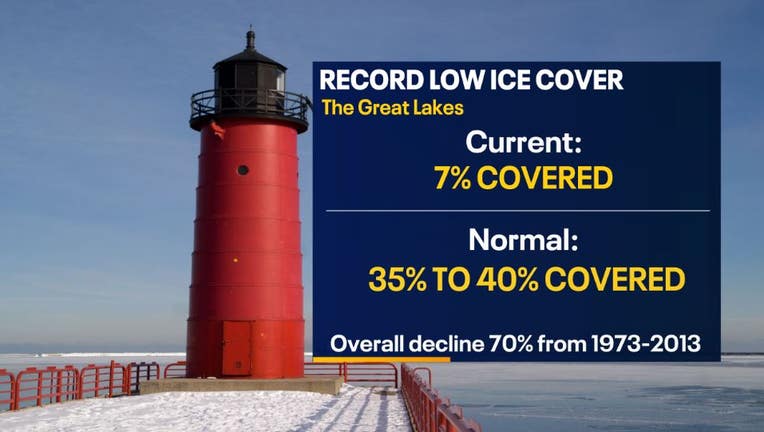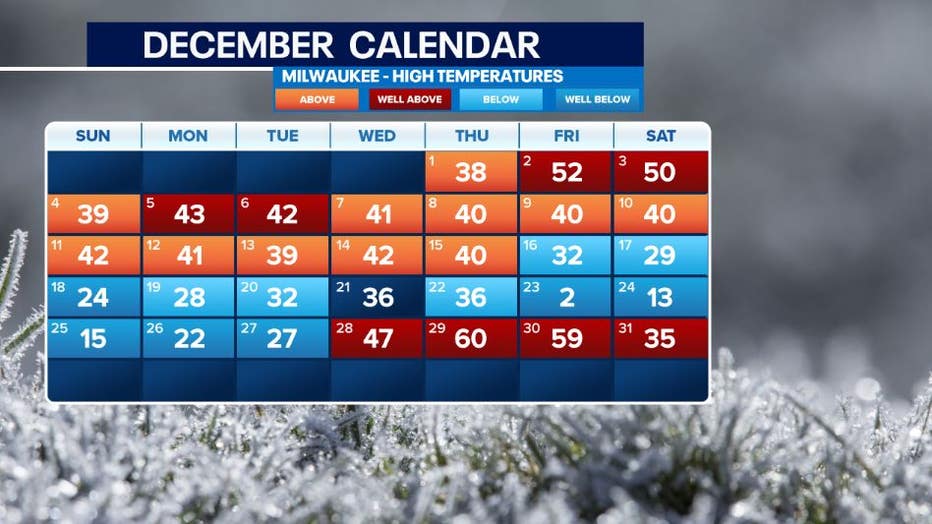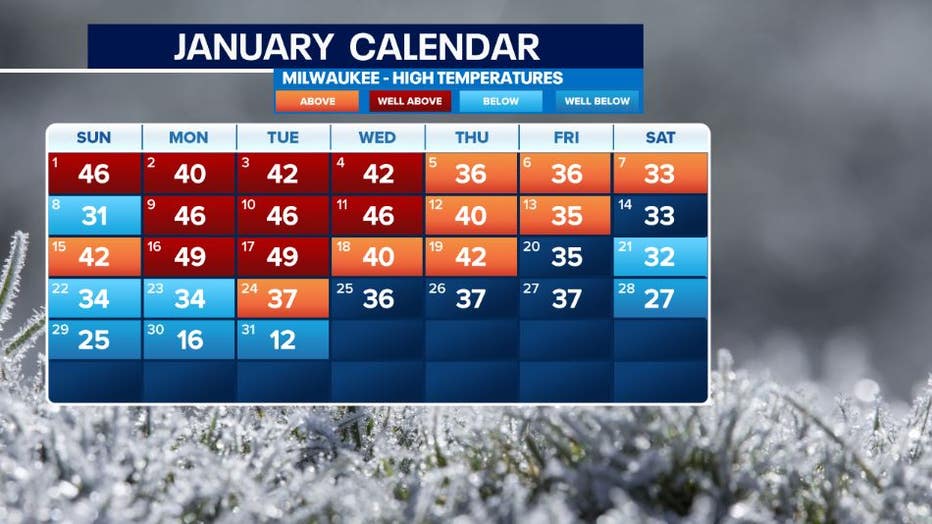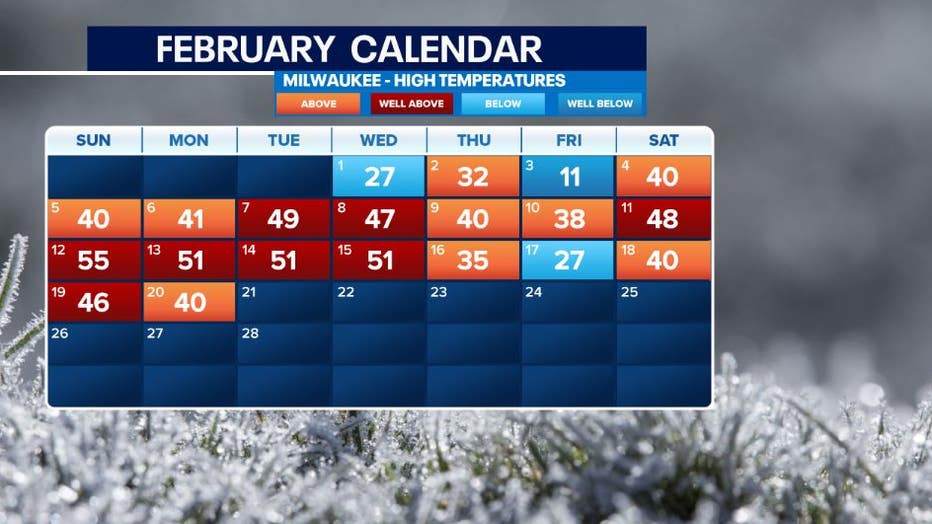Great Lakes record low ice coverage; warmer than average winter

MILWAUKEE - A decline of ice cover on the five Great Lakes is becoming a normal occurrence over the years. NOAA has been documenting this since 1973.
Studies showed between 1973 and 2017, there has been a significant drop in average ice cover during the winter months from Dec. 1 through April 30. The decline is approximately 70%.
This winter, up to Feb. 13, 2023, there is only 7% ice coverage on the Great Lakes. This marks an all-time record low amount!
Around this time of year, the Great Lakes should have 35% to 40% ice coverage. A warmer than average winter season is one of the reasons why ice has not been able for stay and form over the bodies of water.
SIGN UP TODAY: Get daily headlines, breaking news emails from FOX6 News
On average, maximum ice coverage occurs from mid-February through early March. Warming effects caused by humans is only one factor in the equation of ice loss. Others include "long-term patterns of climate variability over the Pacific and Atlantic oceans," according to NASA.
Speaking of warming, check out the temperatures in December, January, and February this winter season in Milwaukee. Unseasonably warm temperatures are a factor showing why ice cover isn't as high this season.

December had 19 days above average, 11 days below average, & 1 day at average.

January had 18 days above average, 8 days below average, & 5 days at average.

February had 17 days above average & 3 days below average so far.
Extended forecasts are hinting at additional days above average mixed with some below average days wrapping up the end of the month.

